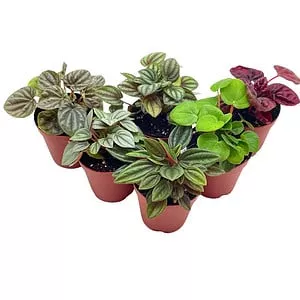No products in the cart.
Are you looking for a flower that can add a pop of color and elegance to your garden or landscape? Look no further than Rosa hybrid ‘Drift’!
This stunning variety of roses is known for its low-maintenance nature and compact size, making it perfect for both novice and experienced gardeners alike.
Also created by Conard-Pyle, ‘Drift’ roses are a hybrid between groundcover roses and miniature roses, resulting in a plant that produces a profusion of delicate blooms in shades of pink, coral, and apricot. These roses have a graceful, spreading habit that makes them ideal for edging pathways, filling gaps in borders, or adding interest to rock gardens.
PLANT NAME: Rosa hybrid ‘Drift’
Other Name: Knockout Roses; Drift Roses
Plant Type: Groundcover
Native Areas: North America
Light Requirement: Full sun exposure
Watering: Once or twice a week
Fertilizer: Balanced fertilizer for ornamentals
Toxicity: Generally non-toxic but has thorns that may be painful.
Temperature: 25-30°F (-3.9 to -1. 1°C).
Propagation: Cuttings
Growth: Can grow from 2-3 feet tall
Soil Type: Moist and well-drained soil
More About Drift Roses
With its small blossoms that cover the plant around three to five times annually – usually from April to November – you will surely enjoy having them around. Yet what makes ‘Drift’ roses truly special, is their fairly resistant traits to the most common diseases.
Unlike many other small rose varieties, ‘Drift’ roses are highly resistant to blackspot and powdery mildew, which means less time spent on maintenance and more time spent admiring their beauty.
Drift Roses Care Guide
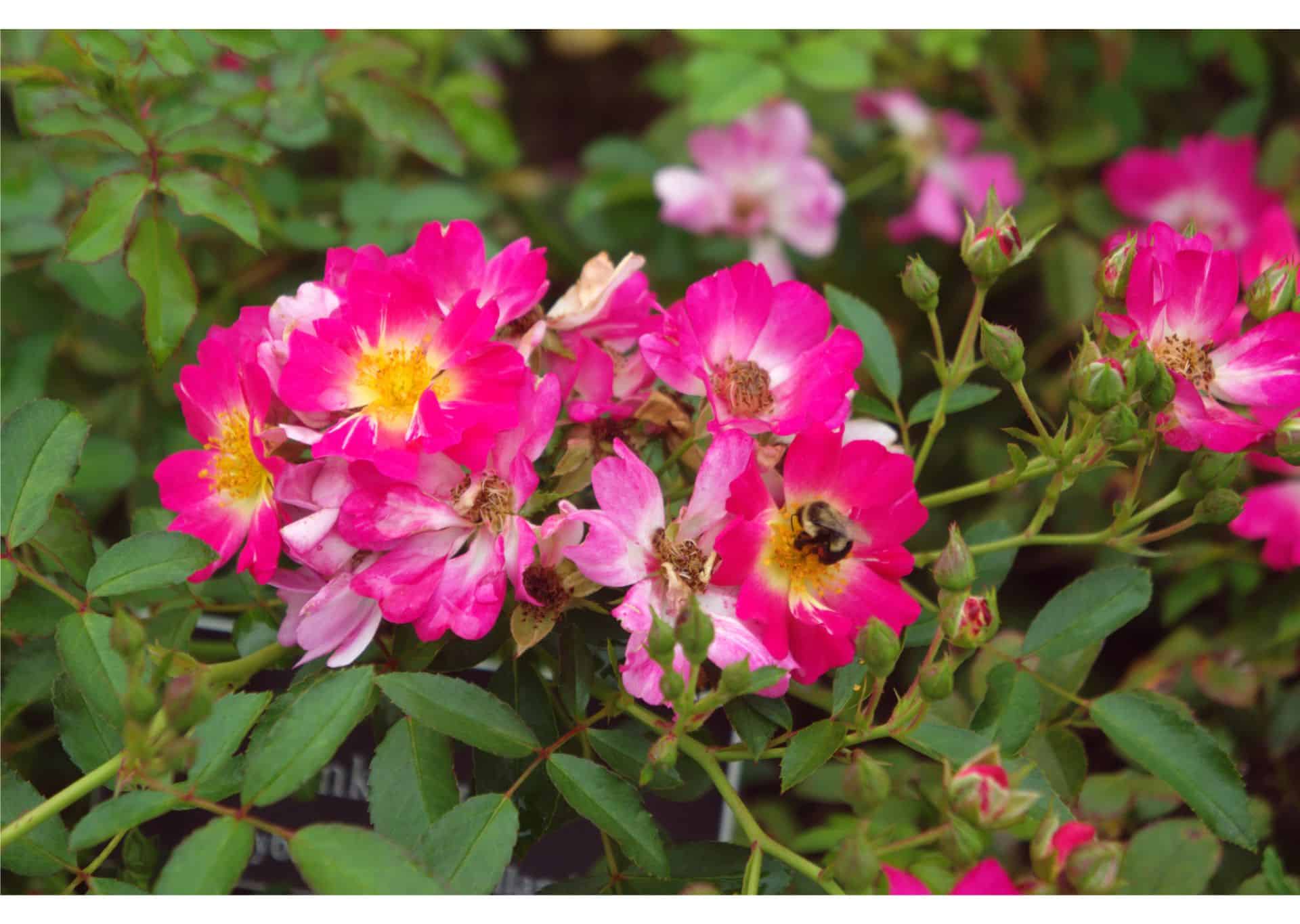
While they would easily thrive with minimal supervision, you can never go wrong in giving your drift series the best possible care. And as a small growing plant with a dashing set of colors, these ground cover roses can blend well with other ornamentals to give that elevated glow in your garden.
Read on for more helpful tips that can help you easily get the drift (if you know what we mean) of caring for these lovelies!
Soil Requirements
Drift roses have an incredible ability to thrive in various soil conditions, adapting to their surroundings like chameleons of the flowerbed. Whether your soil is sandy, loamy, or somewhere in between, these roses will happily make themselves at home. Just be sure to maintain the appropriate soil pH level, which usually lies between 5.5 to 6.5.
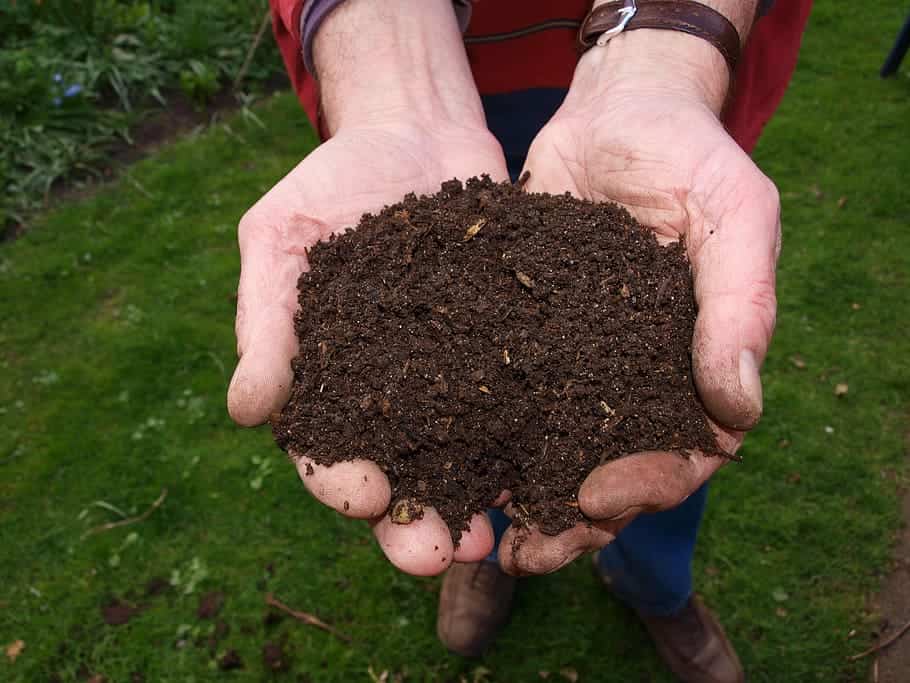
However, like any discerning guest, they do have their preferences. Drift roses yearn for soil moisture, but they also appreciate a well-drained environment. It’s like they’re searching for that perfect balance, where dampness meets proper water flow.
So, before inviting these charming blooms into your garden, conduct a soil drainage test, ensuring that they will have a comfortable, cozy spot to call their own.
Lighting Needs
For these vibrant blooms to reach their full potential, they require a generous serving of full sun. From spring to early fall, they crave a minimum of 6 hours of direct sunlight each day. So, when selecting the perfect spot for your Drift roses plants, choose an area that receives ample sunshine where they can bask in its warmth and radiance.

However, even these sun enthusiasts can tolerate a bit of shade. While they prefer their time in the spotlight, Drift Roses can handle a little shade if necessary.
If you have a partially shaded area in your garden, ensure it still allows for a few hours of direct sunlight to reach the roses. Strike a balance between shade and sun, and your Drift roses will reward you with their resilience and captivating beauty.
Watering Drift Roses
As the first growing season begins from spring to fall, aim to keep the soil consistently damp to moist. Avoid overwatering, as it can lead to root rot. Instead, wait until the area has completely dried out before watering again, allowing the roots to breathe and preventing any potential damage.
As you cultivate your garden and tend to your Drift roses, remember the art of watering with precision. Let them have their dry spells – as they’re relatively drought resistant – but be ready to provide a drink when they’re truly thirsty, and they’ll reward you with unwavering blooms.
Temperature and Humidity

drift rose @pinke
Generally speaking, drift series roses will thrive at USDA Hardiness zones 5-9. Hence, you can plant drift roses in areas with temperatures up to 25-30°F (-3.9 to -1. 1°C).
However, it’s crucial to note that if temperatures drop below this range, the roses may suffer from winter damage or even die. Therefore, it’s essential to protect them during colder periods or consider alternative rose varieties better suited to harsher climates.
How much Fertilizer to Use

While these rose bushes don’t necessarily require fertilizing, they do appreciate the extra boost it provides. It’s crucial, though, to hold off on fertilizing until your roses have completed their first full growing season. This allows them to establish a strong root system and ensures they are ready to benefit from the nutrients.
When you do start fertilizing, opt for a balanced slow-release fertilizer or one specifically formulated for rose plants.
To maintain healthy growth, fertilize your drift roses approximately every six weeks during the growing season. This regular feeding schedule provides them with the essential nutrients they need to thrive.
Note, however, that you should refrain from fertilizing in the late summer. During this time, outdoor plants begin their preparations for winter, and stimulating new growth may interfere with their natural process.
Maintaining Drift Roses
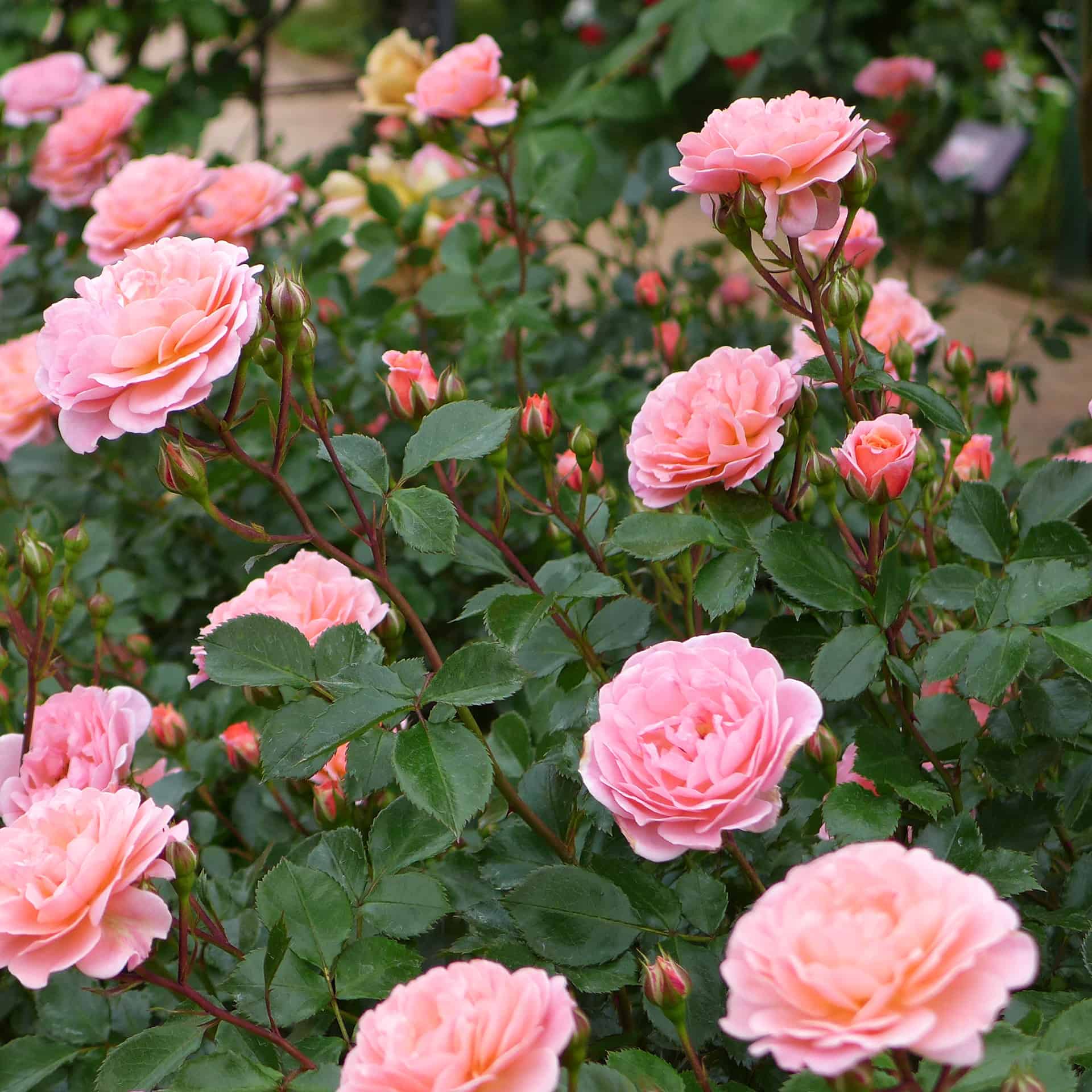
Pruning can be beneficial for maintaining the health and appearance of your Drift roses. Although these roses don’t necessarily need pruning, giving them a good trim can help in creating a denser plant and in stimulating growth.
Drift roses require pruning once a year, usually during the late winter or early spring season. Trimming them to a height of about six to eight inches allows for rejuvenation and encourages new growth to flourish.
Pro tip: Removing dead or damaged branches also helps prevent the spread of diseases and pests. Remember to use clean, sharp pair of pruning shears and make clean cuts just above an outward-facing bud. By following these pruning practices, you can enhance the aesthetics of your Drift roses while ensuring their vitality and longevity.
Potting Needs
When planting your dwarf-sized Drift roses in a container, it’s important to choose the right size pot with draining holes. Choose a container that is at least two times bigger than the size of your roses. This allows sufficient room for the roots to grow and spread.
Additionally, ensure that the container has adequate drainage holes to prevent waterlogging, which can lead to root rot and other issues. Check this Proper Drainage on Pots – How to Know if It’s Good blog for more information about the importance of drainage holes in a pot.
Using the appropriate container, you can slowly add the potting soil mix, leaving enough space to accommodate the plant. As a preparation, water the root ball deeply, then carefully plant your drift roses into the planting hole, ensuring that the base of the plant is level with the top of the soil’s height.
Fill the remaining space with soil, leaving about one and a half inches at the top empty.
It’s advisable to water your Drift roses twice a week, making sure that the soil is moist but not overly saturated. Also, make sure to give your plant ample time to drain completely between watering sessions.
Ideal Propagation
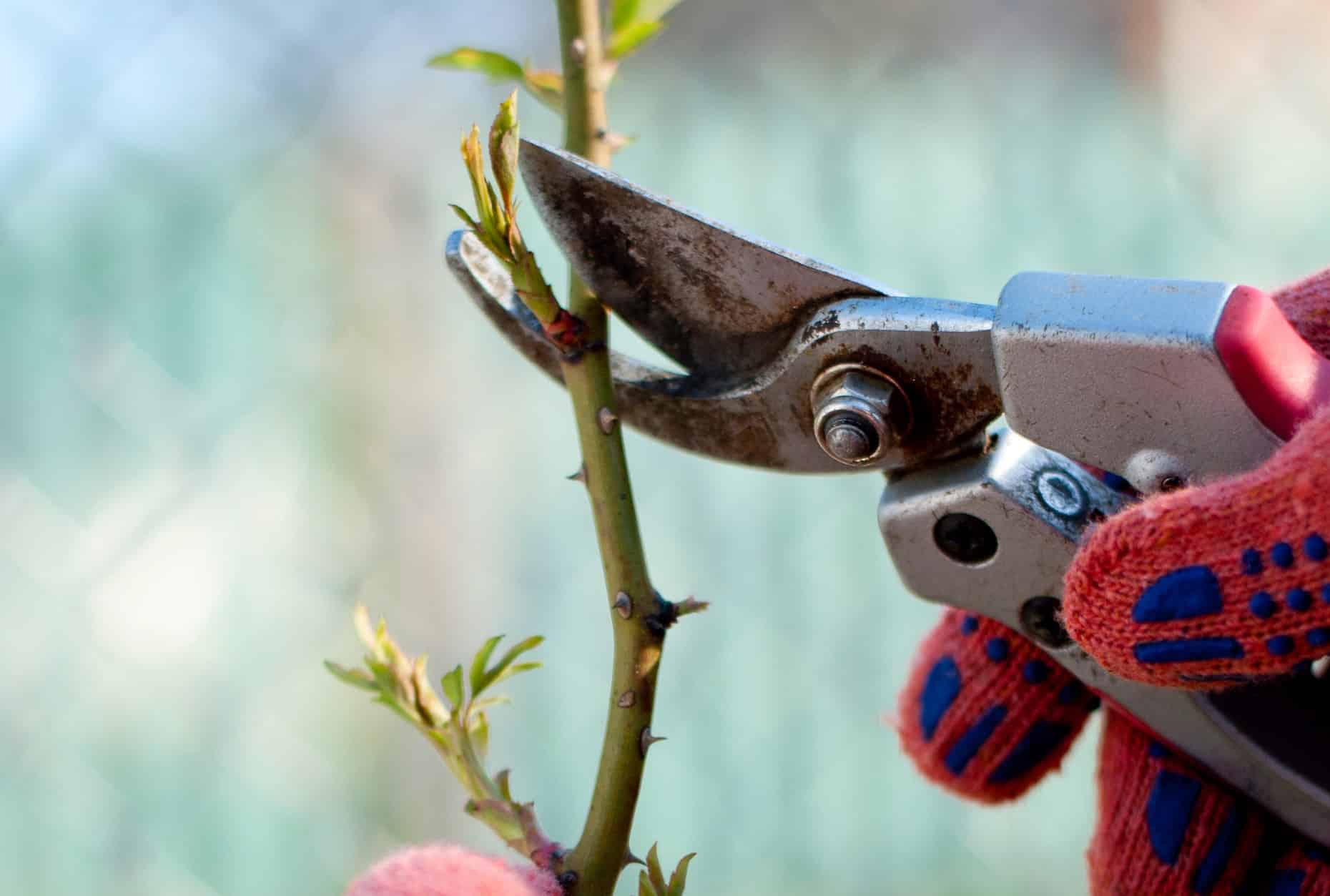
One way to propagate Drift roses is through softwood cuttings. Start by selecting a healthy stem from the rose bush, preferably one that is soft and flexible. Cut a 4 to 6-inch section of the stem just below a leaf node (growing zone). Remove the lower leaves, leaving only a few at the top.
Dip the cut end in a rooting hormone to encourage root development. Place the cutting in a well-draining potting mix and lightly water it. Cover the cutting with a clear plastic bag or dome to create a humid environment. Keep the cutting in a warm, bright location, avoiding direct sunlight.
Mist the cutting periodically to maintain humidity. After a few weeks, check for root development by gently tugging on the cutting. Once roots have formed, you can begin planting drift rose in a larger container or plant it in the ground.
With time, you can enjoy the satisfaction of watching your propagated drift flowers grow and flourish in your garden.
Drift Roses Similar Plants
Knock out Roses
 knockout rose @jackson’sorchard
knockout rose @jackson’sorchard
An exceptional choice for garden beds, you can never go wrong in planting knock-out roses. They are also low-maintenance, disease-resistant, and continuously blooming throughout the season. Like Drift roses, they are compact and suitable for small gardens or containers.
Coral Drift Roses

Characterized by their bright colors, coral drifts are usually covered with small peachy orange blooms forming atop a mounding shrub from mid-spring to mid-fall. Yet aside from having exquisite winter hardiness, they are also fairly resistant to most pests and diseases.
Red Drift roses (Rosa ‘meigalpio)
 red drift rose @pinke
red drift rose @pinke
An easy-to-care-for flowering plant with an effortless beauty, the red drift is known for its red blooms and petite growth habit that proves to be an elegant addition to any garden. Often, it is allowed to naturally drape over a rock wall or edge.
Drift Roses Common Diseases and Pests
Drift roses and their other counterparts – peach drift and sweet drift roses – are generally resistant to common diseases (e.g. black spots and mildew). Yet it’s still important to know some measures to control both insects and fungal diseases from taking over your plants.
You can use insecticidal soap and horticultural oils. It is also necessary to provide good air circulation, avoid overhead watering, and remove infected leaves promptly. Fungicidal sprays may be necessary for severe cases.
Frequently Asked Questions
A number of reasons may cause your drift roses to lose their graceful shape and thus look unhealthy. Prevent this by ensuring proper care and by avoiding overwatering and overfertilization.
By observing proper pruning techniques and giving the right amount of rose food through a balanced fertilizer, your drift roses can easily develop flowers.
Yes, drift roses can be grown in pots, as well as a ground cover and as an accent to cottage gardens.
Typically, the flowering season of drift roses runs from early April to November.
Whether you want to buy, sell, or simply reach out to other plant enthusiasts, Plantly is the right place to be!
-
$7.99 – $9.99Sold By: Succulent Oasis
In stock
Gasteraloe “Little Warty”
Rated 4.84 out of 5 based on 352 customer ratings03Sold By: Succulent Oasis -
$60.00Sold By: Via Citrus
$75.00In stock
Calamondin Citrus – Calamansi Hardy Citrus – Indoor & Out
Only 124 available and it’s in 15 people’s basketRated 4.92 out of 5 based on 237 customer ratings148Sold By: Via Citrus -
$6.00 – $40.00Sold By: Plants by Stinky Boo
In stock
Variegated String of Hearts
Only 30 available and it’s in 4 people’s basketRated 5.00 out of 5 based on 2 customer ratings01Sold By: Plants by Stinky Boo -
$24.99Sold By: BubbleBlooms
$29.99In stock
Peperomia Assortment, Foliage set, rosso, frost, albovittata, caperata, premium succulent collection, in 2 inch pots, plant gift
Only 6 available and it’s in 1 people’s basketRated 4.81 out of 5 based on 279 customer ratings00Sold By: BubbleBlooms



